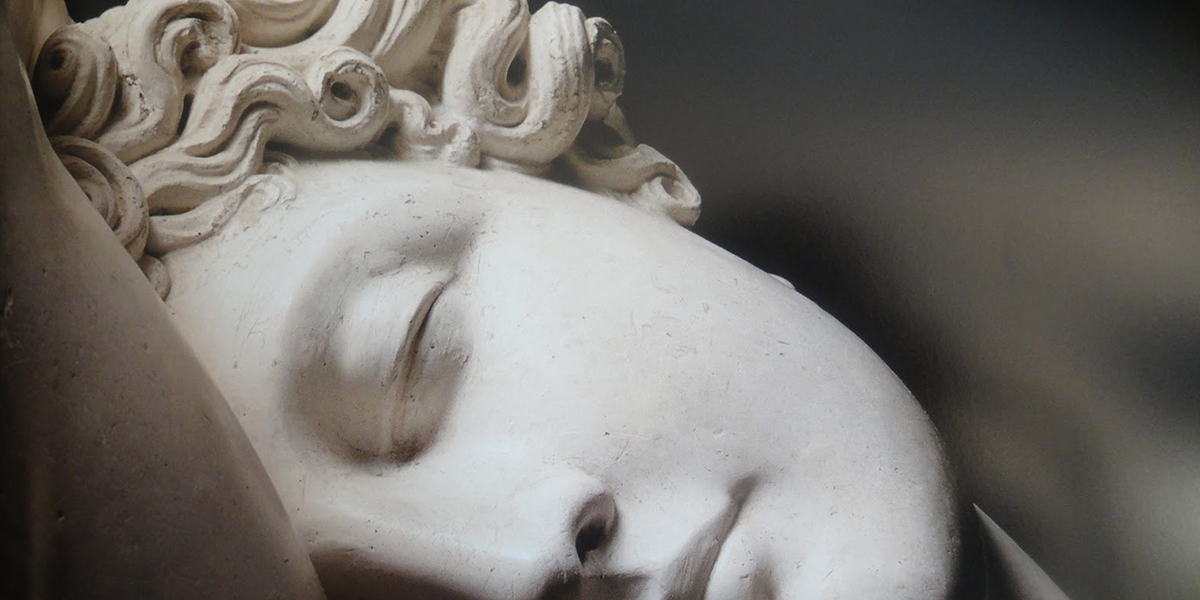
Drooping Eyelid Surgery : Since the eyelids are considered the center of expression of the face, changes that occur with age can have significant effects on the person’s appearance. These changes, which leave a tired and old impression on the face, do not only create aesthetic concerns, but sometimes lead to visual and functional problems.
Sagging that occurs over time in the upper and lower eyelids is due to the structure of this thin and sensitive area. In addition to sagging, bags and bruises become more easily noticeable in these areas. With age, eyebrows may fall and sag, which may create additional aesthetic and functional problems.
Such problems can be corrected with surgical or non-surgical aesthetic interventions. Depending on the situation, it can not only correct skin laxity, but also remove excess fatty tissues. Since sagging, especially in the upper eyelid, narrows the field of vision, such situations are no longer just an aesthetic concern, they become an important health problem.
The interventions to be performed are planned depending on the person’s needs, age and general condition of the skin. Problems in the eyelids can be addressed after a meticulous evaluation by doctors who are experts in the field. The appropriate treatment plan is prepared by taking into account the patient’s expectations, lifestyle and health condition. With an effective intervention, the tired and old expression on the face can be eliminated and the lively and youthful appearance around the eyes can be regained.
Ptosis Drooping Eyelid Surgery?
Drooping eyelid, medically known as ptosis , is a condition in which the upper eyelid is lower than normal. This condition may be congenital or may occur with age. It is divided into two main categories: congenital miscarriage and acquired miscarriage.
1. Congenital Miscarriage
Drooping eyelids may occur in babies due to muscle or nerve problems. This condition can often be inherited and may require treatment.
2. Subsequent Miscarriage
This type of miscarriage mostly develops due to aging, but trauma, surgical interventions or some health problems can also cause this condition.
Causes of Miscarriage
Aging: It may occur over time as a result of loss of elasticity in the skin and weakening of the muscles.
Nerve Problems: Damage to some nerves can also lead to miscarriage.
Trauma: Blows to the eye or its surroundings may cause eyelid drooping.
Diseases: Diabetes, myasthenia Some diseases, such as gravis , can also cause miscarriage.
Surgical Interventions: Eye surgeries can also cause droopy eyelids.
Miscarriage Symptoms
- Asymmetry on the cover
- Eye strain and headache
- Tired or sleepy appearance
- Restriction of visual field
How is Eyelid Aesthetics Done?
Eyelid surgery is a procedure performed according to the aesthetic and functional needs of the person. It is performed to correct problems such as sagging and bagging in the upper and/or lower eyelids. The procedure can be performed under local or general anesthesia, depending on the patient’s condition.
In simple procedures performed under local anesthesia, only skin removal and necessary adjustments are made. In this case, the patient did not sleep and only the treated area was anesthetized. This type of intervention usually takes between 30 and 45 minutes.
In more complex cases, especially if a brow lift procedure is involved, general anesthesia may be preferred. In this case, the patient must be completely anesthetized. The procedure can take approximately 1.5 hours, but this time may vary depending on the patient’s needs and the techniques the doctor will apply.
During the surgery, excess skin and fat tissue are removed, and if necessary, adjustments are made to the muscle tissue. Both eyelids are carefully intervened to ensure symmetry in the relevant area.
After the procedure, swelling and bruises on the eyelids decrease within a few days. Patients can usually return to normal activities within a week. The results provide a younger and more rested appearance on the face, and functional problems such as narrowing of the visual field are also corrected.
Healing Process After Eyelid Aesthetics Blepharoplasty
Eyelid surgery is performed to correct problems such as ptosis or to resolve aesthetic concerns. Following this type of surgery, the patient’s recovery process is as follows:
First Days
Edema and Bruising: Edema (swelling) and bruising may occur in the eyelid in the first days after surgery. This condition is normal and usually goes away by the end of the first week.
Pain and Discomfort: Some patients may experience mild pain or discomfort after surgery. This situation can be controlled with painkillers.
Increased Tears: Temporary increased tearing may occur in the eyes.
First Week
First Check: Post-operative doctor check-up usually happens one week later. In this control, the condition of the stitches and the healing process are evaluated.
Use of Glasses: It may be useful to use sunglasses to avoid exposure to sunlight.
Second week
Return to Normal Life: During the recovery process, the edema that occurs at the end of the first week usually resolves and the patient can easily continue his normal life in the second week.
Make-up and Contact Lenses: After this period, it may be possible to wear make-up and use contact lenses with the approval of the doctor.
Few months later
Seeing Results: Final results after surgery are usually seen within a few months. Once the skin has fully healed, a new, corrected eyelid shape is revealed.
Suggestions
- Using medications recommended by the doctor regularly
- Do not strain the eyes more than necessary
- Avoiding heavy exercise and sports
- not smoking
What are the Prices of Eyelid Aesthetic Surgery?
contact form to get eyelid aesthetic price information .




 Turkish
Turkish Français
Français Deutsch
Deutsch